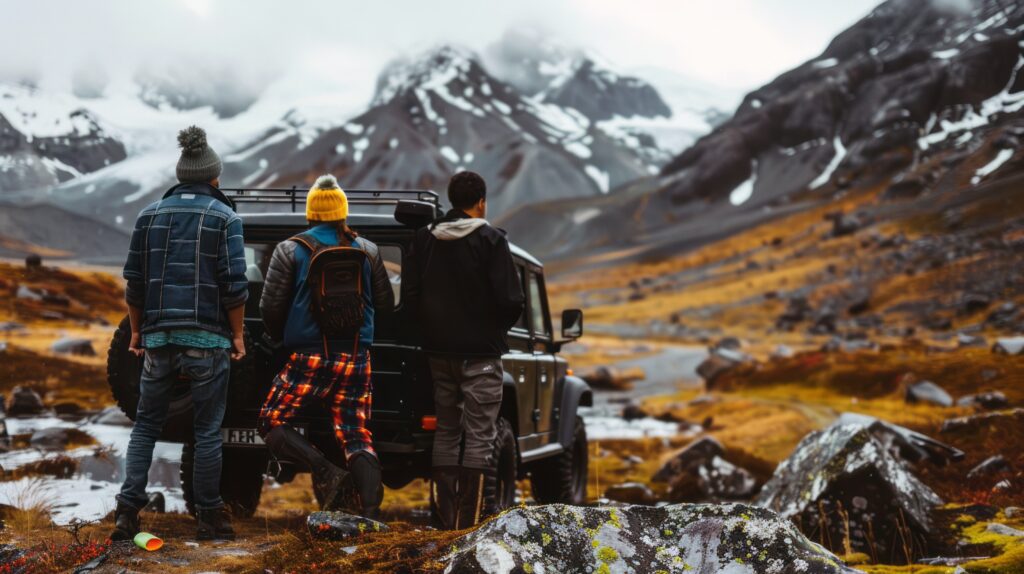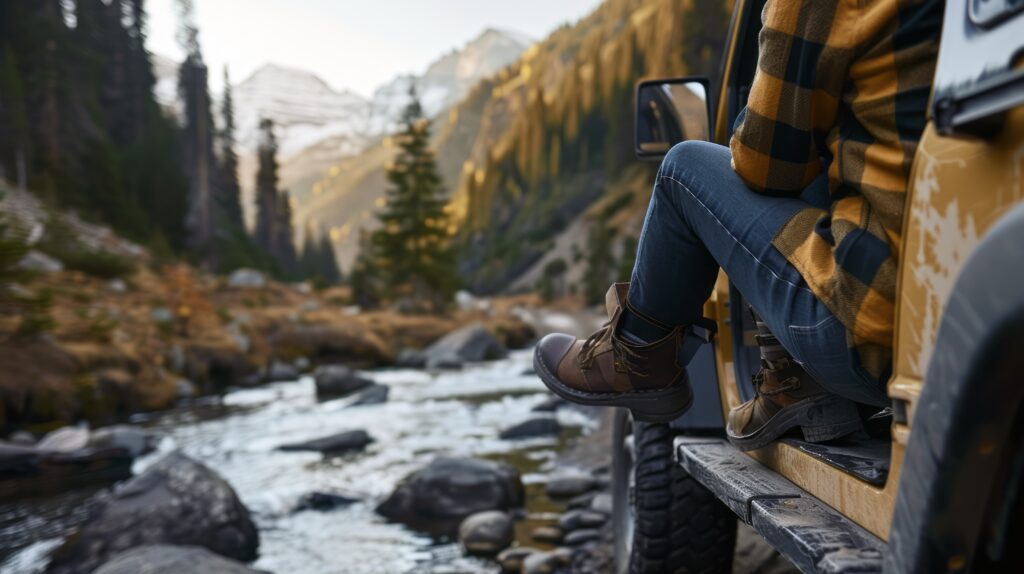Patagonia tours are organized trips through the southernmost part of South America, shared by Argentina and Chile. This region is famous for its wild beauty — massive mountains, huge glaciers, endless grasslands, and crystal-clear lakes. Taking a Patagonia tour means seeing landscapes you can’t find anywhere else on Earth.
Whether you want to hike, see rare animals, or simply enjoy untouched nature, Patagonia is the perfect place. It’s remote, peaceful, and feels like stepping into a different world.
Why Is Patagonia So Special?
Patagonia is one of the last wild frontiers. Unlike many touristy destinations, it’s still raw and natural. You can watch giant glaciers break into pieces, see guanacos (wild llamas) running free, and spot condors flying high above the mountains.
Travelers love Patagonia tours because every corner has a surprise — snowy peaks, blue lakes, or massive ice fields. It’s like visiting a real-life nature documentary.
Types of Patagonia Tours
There are many ways to explore Patagonia, depending on your interests and budget.
Trekking Tours
These are for people who love hiking. Famous trails include the W Trek and O Circuit in Torres del Paine National Park. You walk for several days, sleep in camps or refugios (mountain huts), and see breathtaking views.
Wildlife Tours
Patagonia is home to penguins, whales, pumas, and foxes. Special tours focus on spotting these animals in their natural habitat. You might sail through the Beagle Channel to watch dolphins or visit penguin colonies on Isla Magdalena.
Cruise Tours
Cruises show Patagonia from the water. Ships travel through fjords, around giant glaciers, and to remote islands. You can see places that can’t be reached by road.
Luxury and Lodge Tours
If you want comfort, Patagonia has beautiful eco-lodges offering private guides, fine food, and planned adventures. These are more expensive but very convenient.
Budget and Backpacker Tours
For travelers on a budget, Patagonia still works. You can join group tours, use public buses, or stay in hostels. It’s cheaper but still full of adventure.
Best Time for Patagonia Tours
The best months to visit are October to April — Patagonia’s summer. Days are longer, temperatures are milder, and most tours are open.
- December to February is high season: best weather but more crowded.
- October-November and March-April are shoulder seasons: fewer tourists and still good conditions.
- May to September is winter: cold, snowy, and quiet. Some parks close, but it’s perfect for skiing or peaceful escapes.
Famous Places to See on Patagonia Tours
Torres del Paine (Chile)
This park is world-famous for its granite towers, turquoise lakes, and rich wildlife. It’s the heart of many trekking tours.
Los Glaciares National Park (Argentina)
Here you’ll find the massive Perito Moreno Glacier — one of the only glaciers still growing instead of melting.
El Chaltén (Argentina)
Called the trekking capital of Patagonia, it’s home to Mount Fitz Roy and short hikes with amazing views.
Ushuaia (Argentina)
Known as the southernmost city in the world, Ushuaia is where many Patagonia tours start, including cruises to Antarctica.
Carretera Austral (Chile)
This scenic highway runs through remote Patagonia, passing forests, rivers, and small villages. It’s perfect for road trips.
Culture and People of Patagonia
Patagonia isn’t just about nature. You can also meet people who have lived there for generations.
- Indigenous communities like the Mapuche and Kawésqar share stories about their history and way of life.
- Estancias (ranches) show you traditional sheep farming and gaucho (cowboy) culture. You can enjoy a real Patagonian barbecue called asado.
These cultural encounters make Patagonia tours more personal and meaningful.
Preparing for Patagonia Tours
Patagonia is wild and weather can change fast. To enjoy your trip fully:
- Wear layers and bring waterproof clothing.
- Use strong hiking boots if trekking.
- Carry cash for remote towns.
- Book tours and hotels early in peak season.
- Get travel insurance that covers outdoor activities.
If you’re hiking, train a little beforehand. Trails can be long and steep, but the views make every step worth it.
How Much Do Patagonia Tours Cost?
The price depends on the type of tour:
- Budget trips with buses and hostels can be affordable.
- Guided trekking or wildlife tours cost more but save planning time.
- Luxury lodges or cruises can be thousands of dollars per week.
Major towns like El Calafate, Puerto Natales, and Ushuaia have airports, so getting to Patagonia is easier than many people think.
Protecting Patagonia While Touring
With more travelers visiting, protecting Patagonia’s fragile environment is important. Always:
- Take your trash with you.
- Stay on marked trails.
- Don’t disturb wildlife.
- Support eco-friendly tour companies.
Patagonia’s beauty depends on visitors being responsible. Good tours teach travelers how to leave no trace.
Why Patagonia Tours Are Life-Changing
Patagonia is more than a destination. It’s an experience of pure nature, peace, and adventure. Every mountain, glacier, and lake shows the power of the planet. People who take Patagonia tours often return with unforgettable memories — and a new respect for the Earth.
Whether you hike for days, cruise past glaciers, or simply relax in a lodge, Patagonia will stay in your heart forever.

Conclusion
Patagonia tours are the best way to see one of the most beautiful and untouched regions in the world. From dramatic mountains to rich wildlife and unique cultures, this part of South America offers something for everyone. With the right preparation, the perfect season, and a responsible attitude, Patagonia will reward you with landscapes and experiences that feel truly magical.
FAQs
1. Where is Patagonia located?
It’s in the southern part of Argentina and Chile in South America.
2. Do I need a guide for Patagonia tours?
Not always, but guided tours make travel easier and safer.
3. Is Patagonia expensive?
It can be, but budget options like buses and hostels exist.
4. What animals can I see in Patagonia?
You may see penguins, whales, guanacos, condors, and even pumas.
5. Do I need special gear for trekking?
Good boots, layered clothing, and a waterproof jacket are essential.
Read Also : Garmin Forerunner 255 – The Runner’s GPS Watch That Gets Everything Right

